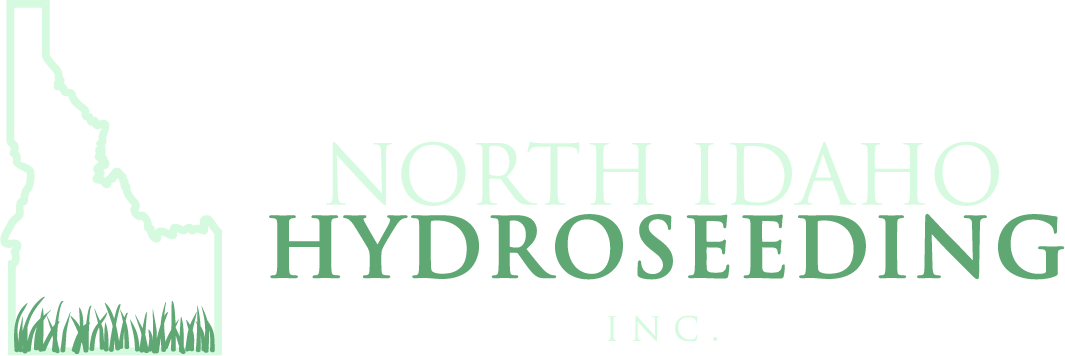Lawn site prep
LAWN SEED BED PREPARATION
As with most things in life, the more you put into something the more you get out of it. Properly preparing your new lawn area for hydroseeding will yield long term benefits in the general health and appearance of your property.
STEPS TO PREPARE YOUR LAWN AREA
Determine the square footage of your lawn area by measuring your proposed lawn site. Prices for materials and services are based on this number, so remember accuracy counts.
Eliminate existing vegetation, preferably by utilizing a non-selective herbicide such as Round-Up. (Be sure to read labels carefully when purchasing an herbicide). Note: To ensure the least amount of undesirables competing with your newly hydroseeded lawn, plan on spraying a few times. Water between herbicide sprayings to germinate dormant weed seeds and promote undesirable grass root pieces to grow so they can be controlled.
Establish a rough grade. Fill in low spots. Make sure grade slopes away from house, sidewalk, driveway, etc.
Remove debris such as dead vegetation, rocks larger than a golf ball, sticks, leaves, etc.
Examine the soil. Soil is made up of sand, silt and clay particles. The percentages of these ingredients determine the texture of your soil. Sandy soils drain rapidly flushing nutrients through the soil before they benefit the lawn and subsequently dry out quickly. Clay soils transfer water slowly and can remain soggy while starving the roots of needed oxygen. Adding organic matter will greatly enhance both sand and clay soils. A large number of turf problems can be avoided by proper soil preparation.
Spread soil amendments and address compaction issues. Most construction sites become severely compacted resulting in loss of pore space between soil particles. This compaction impedes the movement of air, water and fertilizer into the soil and hinders the ability of the roots to penetrate the soil surface. The addition of a few inches of topsoil spread over compacted soil is simply not enough. A perched water table is created resulting in an unhealthy lawn susceptible to detriments such as drought during the summer, diseases and weed and insect infestations. The best approach to correcting this situation is to till a 2-3 inch layer of screened topsoil or organic matter into the existing soil. Enough organic matter should be added to physically change the texture of the soil to a depth of 5 to 6 inches. About 1-2" organic matter mixed into the top 6 inches of soil is usually sufficient (3-6 cubic yards per 1,000 square feet). If this is not feasible due to rock or other reasons then the second choice would be to import screened topsoil and spread to a depth of at least 6 to 7 inches. Keep in mind that not all “topsoil” is the same so make inquiries before you purchase.
Install underground sprinkler system (if desired).
Establish the final grade.
Call North Idaho Hydroseeding Inc. to schedule your custom hydroseeding application.
Just before the hydroseeding application, roll the lawn with a half-full lawn roller. This will eliminate settling issues later on. Finally, before seeding rough up the ground by raking the grade to break up any compaction. This will help keep the hydroseed mix from bouncing and allow a better bond with the soil. Water the ground lightly if the soil is too powdery dry.

